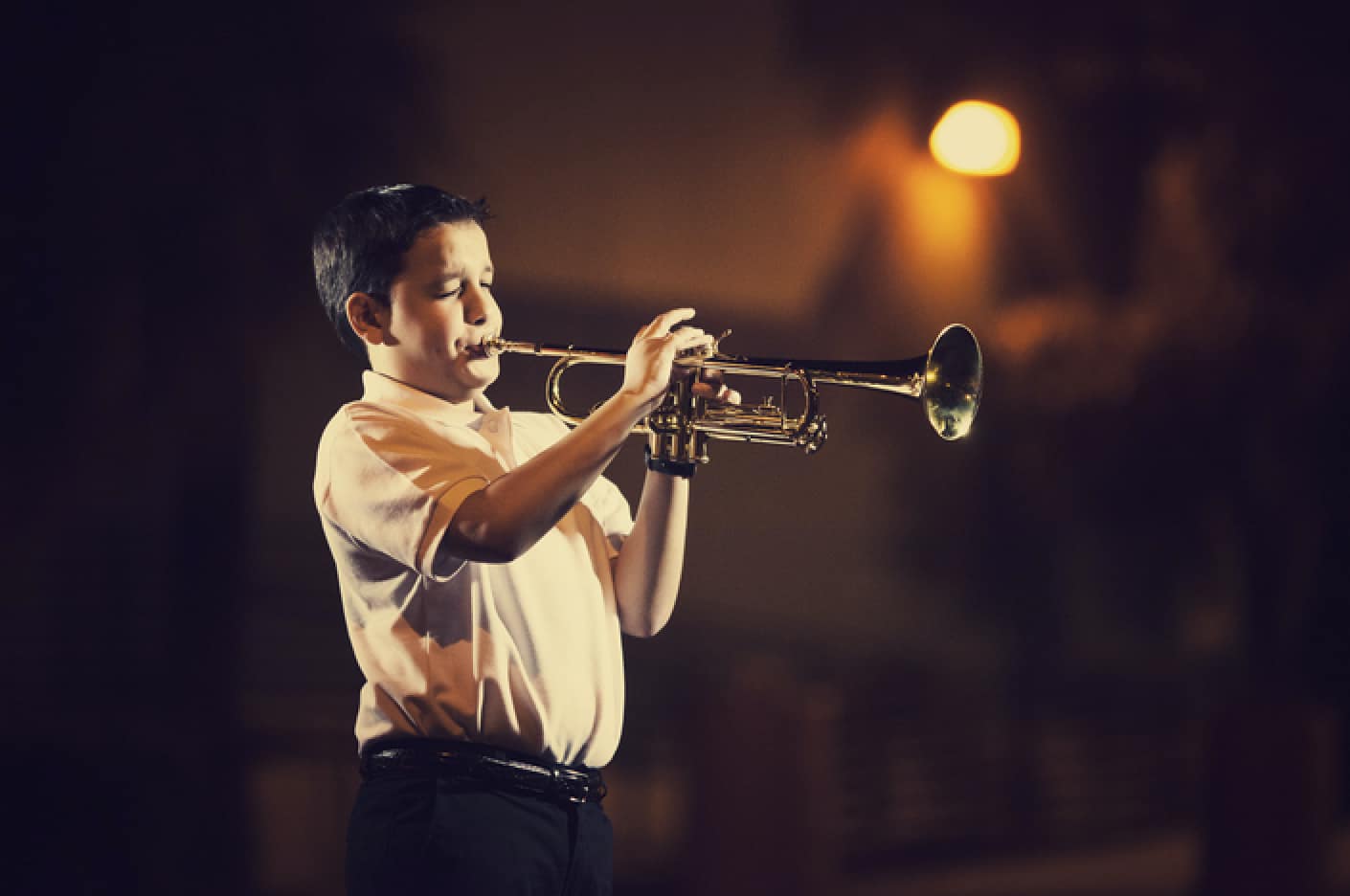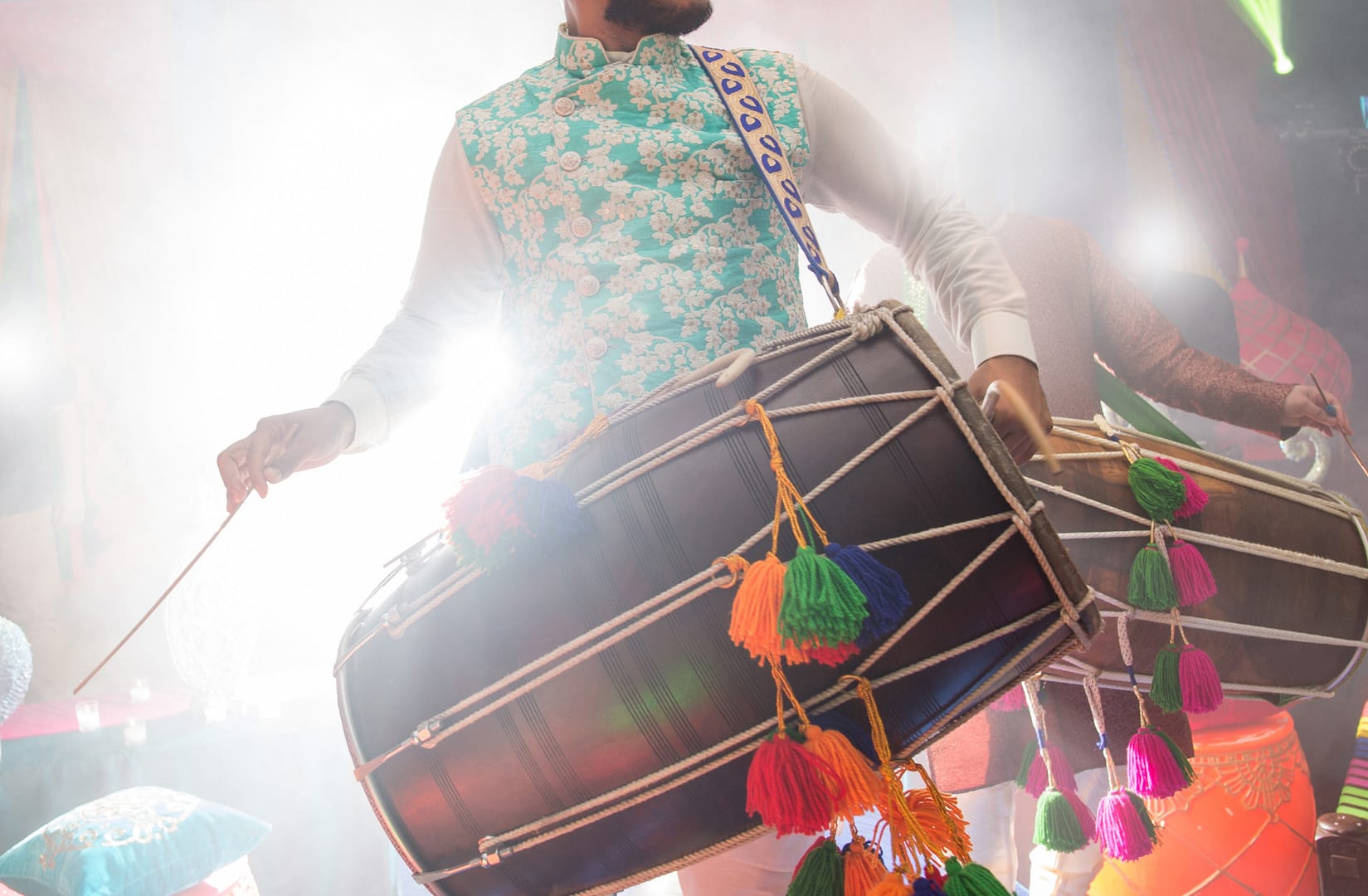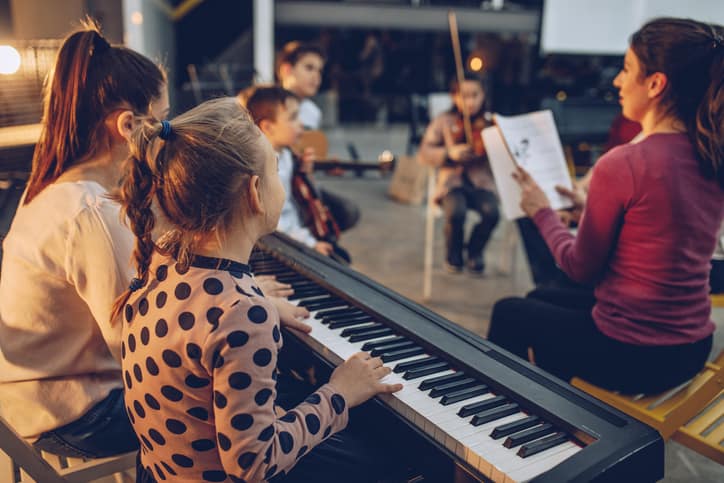Music: Key Stage 2
Our KS2 Music scheme delivers full national‑curriculum coverage for Years 3–6, with structured lesson plans and teacher videos to build confidence and consistency in music teaching.
The Curriculum and Assessment Review final report has been released. We’re reviewing the recommendations and planning for future updates. Learn more





























